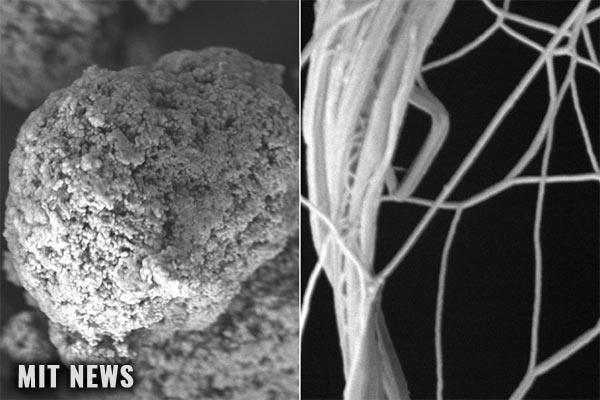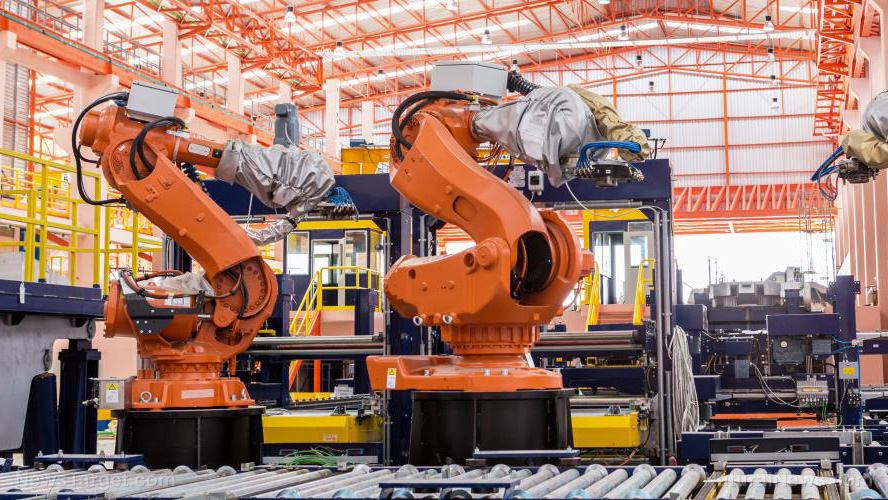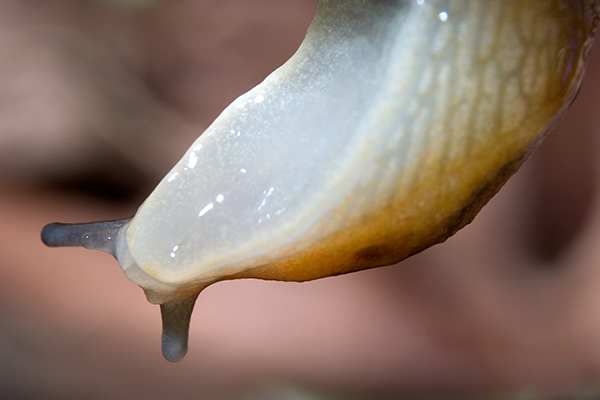Scientists discover “electric” bacteria – can it lead to next-gen batteries and miniature pacemakers?
10/16/2019 / By Edsel Cook

Experts know that a strange species of bacteria found in oxygen-deprived sediment and soil can generate electricity. But they only recently learned that the microorganism achieves this through a method that differs from that used by other electric bacteria.
Called Geobacter sulfurreducens, the anaerobic bacteria possess a unique biological structure. This previously unidentified feature makes it possible for the microbe to conduct electricity.
Researchers believe it is possible to replicate the bacteria’s natural structure and improve its ability to generate electricity. A refined synthetic version of the formation may power miniature electronics and make it possible to design tiny batteries with high capacity.
Medical technology stands to benefit from the bacteria-derived structure. The electricity-generating shape may make it possible to dispense with potentially harmful wires when designing pacemakers for the heart.
The discovery came from researchers at the University of Virginia (UVA). Their findings were published in the science journal Cell. (Related: Purple phototrophic bacteria being studied as a potential means to convert sewage to clean energy.)
This bacteria can release electricity through unique nanowire structures
Most bacteria possess hair-like pili. Electricity-generating microorganisms transmit their charge through these extended appendages.
Previously, experts believed that G. sulfurreducens used its pili to conduct electricity. But a team of researchers at the UVA’s School of Medicine learned that this species evolved a different means of generating an electric charge.
G. sulfurreducens possesses a neat array of fibers made from another type of protein than the one found in pili. In turn, the protein envelops a “nanowire” of molecules that contain metals.
The nanowire resembles the power cord on electric appliances. The bacterial structure is far smaller, though – 100,000 such shapes can fit within the width of a human hair.
UVA researcher Dr. Edward H. Egelman believes that G. sulfurreducens‘ electricity-generating nanowire offers a way to connect electronics and living organic cells. He envisions a future generation of miniaturized electronic devices that run on electricity produced by G. sulfurreducens colonies.
“There are all sorts of implanted medical devices that are connected to tissue, like pacemakers with wires, and this could lead to applications where you have miniature devices that are actually connected by these protein filaments,” explained Egelman.
He brought up potential uses such as bioenergy production and harvesting, cleaning up pollutants, and biological sensors.
Electricity-generating nano-structure may usher in miniature electronics and medical devices
The Geobacter genus fulfills critical roles in the soil. These hardy microbes move minerals through the soil and clean up radioactive pollution from their surroundings.
Geobacter bacteria even survive in oxygen-poor environments. When the bacterial cell accumulates too many electrons as a waste product of bodily processes, the bacteria vent the electric charge through their nanowire structures.
The bacteria’s nano-structures have drawn attention in the past. But the technology necessary to study the nanowires only appeared in 2014.
The UVA researchers studied G. sulfurreducens through the lens of the latest cryo-electron microscope. The incredible resolution of the device allowed them to investigate the shape of the filaments at the atomic level.
Egelman said that researchers and manufacturers have acquired many insights and ideas from the natural world. A better understanding of nature, down to the atomic level, made it possible to recreate and improve many of its wonders.
“One example that comes to mind is spider silk, which is made from proteins just like these nanowires, but is stronger than steel,” Egelman shared in an interview. “Over billions of years of evolution, nature has evolved materials that have extraordinary qualities, and we want to take advantage of that.”
Sources include:
Tagged Under: bacteria, bioelectronics, biotechnology, breakthrough, discoveries, electric bacteria, electricity, electronics, future science, future tech, Geobacter, goodtech, medical tech, nanotechnology, nanowire, radiation, research, science and technology, scientific
RECENT NEWS & ARTICLES
COPYRIGHT © 2017 FUTURETECH.NEWS
All content posted on this site is protected under Free Speech. FutureTech.news is not responsible for content written by contributing authors. The information on this site is provided for educational and entertainment purposes only. It is not intended as a substitute for professional advice of any kind. FutureTech.news assumes no responsibility for the use or misuse of this material. All trademarks, registered trademarks and service marks mentioned on this site are the property of their respective owners.



















